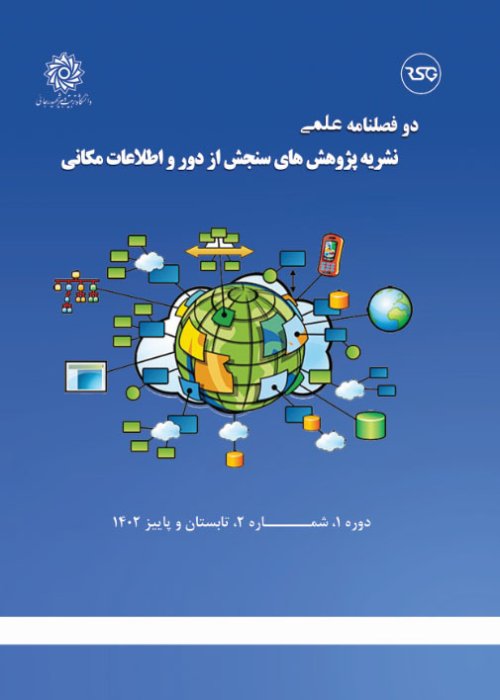Evaluation of the effect of imaging network and image texture on the quality of 3D point clouds generated by the photogrammetric method
Close-range photogrammetry aims to produce accurate 3D geometric models of objects using images taken from the subject. Nowadays, the creation of realistic 3D models and their visualisation is a common practice that is becoming more popular every day. On the other hand, choosing the right modelling software for photogrammetry has always been a challenge and a topic of discussion among experts and researchers. Therefore, it is essential to examine and evaluate the models produced by different software tools. Due to the widespread use of Agisoft software among engineers and researchers in this field, this study aimed to perform image processing and modelling using two versions of this software, namely Photoscan and Metashape. In previous research, the criterion for optimising the image mesh has been based on improving the accuracy of the modelling. In order to assess and evaluate the 3D models produced by the two versions of the software, we defined different scenarios for the design of the image mesh. We compared the 3D models generated for each scenario with a mathematical reference model. We also examined the complete modelling in the software under different conditions using two different textures, as the texture of the image directly affects the quality of the point cloud. It is important to analyse the role of the image texture together with the geometry of the image mesh. Therefore, we evaluated the image texture as a radiometric index and investigated how these two factors affect the quality of the point cloud. As a result, we determined the optimal number of images with appropriate texture required to produce an accurate and high-quality 3D model.
close-range photogrammetry, we capture a series of images of an object using a specific image network. These images are then used with the Structure from Motion (SfM) method to generate point clouds and 3D models. The concept behind SfM is inspired by how our eyes perceive objects. This approach offers a quick, automated, and cost-effective way to obtain 3D data. It involves creating 3D coordinate models by processing a sequence of overlapping images of the object. Finally, the resulting 3D models are compared with a reference point cloud using the Cloud Compare point cloud processing software.
The results of using images with simple texture show that in Photoscan software, increasing the number of images not only leads to noise in the point cloud, but also reduces the similarity of the generated model to the cube. According to the results, the best 3D model with a high similarity to the cube is associated with the fourth scenario (45 images) with an error of 0.01 millimetres. In the case of the Metashape software, the best model is associated with the third scenario (90 images) with an error of 0.05 millimetres. On the other hand, in cases where images with complex textures were used, the best point cloud is related to the fourth scenario (45 images) with an error of 0.02 millimetres in Photoscan software and to the third scenario (90 images) with an error of 0.04 millimetres in Metashape software. In general, the use of objects with complex textures leads to a better match and therefore to denser point clouds due to the presence of complex and non-uniform gradients in the images.
The results show that the optimal number of images and the presence of a complex image texture have a significant impact on the improvement of the quality of the 3D point cloud of the object. Despite the increased processing time, the quality of the 3D model does not increase significantly with a large number of images; it only leads to denser point clouds due to increased noise in the point cloud.
- حق عضویت دریافتی صرف حمایت از نشریات عضو و نگهداری، تکمیل و توسعه مگیران میشود.
- پرداخت حق اشتراک و دانلود مقالات اجازه بازنشر آن در سایر رسانههای چاپی و دیجیتال را به کاربر نمیدهد.


